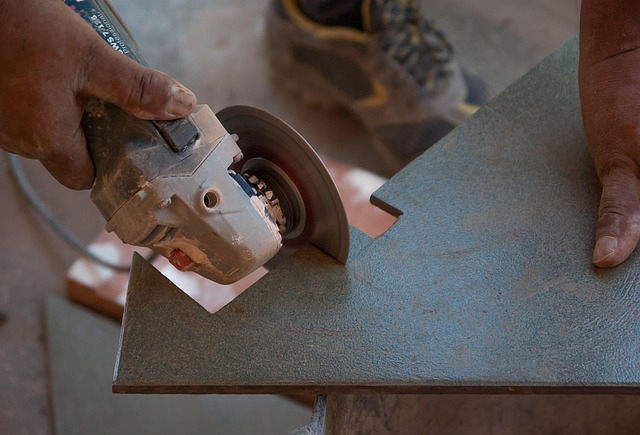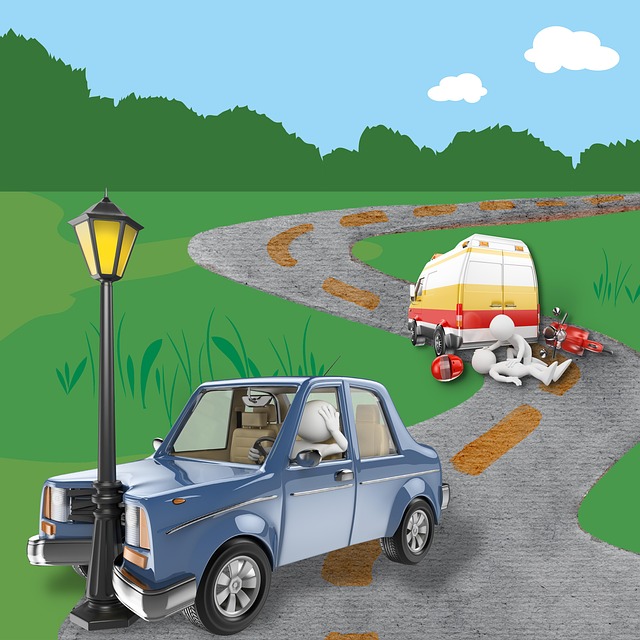After a car accident in Albany, prioritize safety and well-being by documenting damage, seeking immediate medical attention, and calling emergency services. Contact O'Connell and Aronowitz at 518-462-5601 for legal guidance on what to do after a car accident in Albany, including exchanging information, gathering witness details, and understanding New York's no-fault insurance system.
After a car accident in Albany, your top priority should be safeguarding your financial security. Here’s a step-by-step guide tailored for what to do immediately after an Albany car crash. Firstly, assess any injuries and seek medical attention promptly. Document the scene by taking photos and keeping records of all damages. Contact your insurance provider swiftly and exchange information with other parties involved. Understand your legal rights and obligations to navigate this challenging time effectively.
- Assess Damage & Seek Medical Attention Immediately
- Document Everything: Take Photos, Keep Records
- Contact Your Insurance Provider Promptly
- Exchange Information with Other Parties Involved
- Understand Your Legal Rights & Obligations
Assess Damage & Seek Medical Attention Immediately
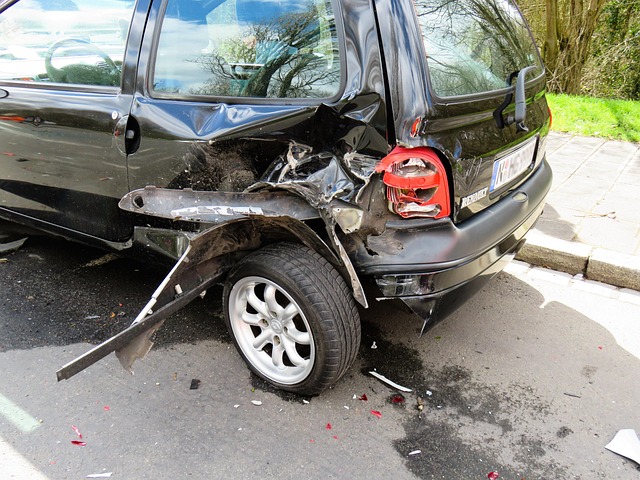
After a car accident in Albany, it’s crucial to prioritize your safety and well-being. The initial steps are clear and critical: Assess the damage both to your vehicle and yourself, and seek immediate medical attention. If anyone is injured, call emergency services right away. Even if you believe the injuries are minor, a healthcare professional should evaluate you post-accident.
Remember that what to do after a minor car crash goes beyond exchanging insurance information with the other driver. Collecting evidence at the scene, including photos of damages and any visible injuries, is essential. For legal protection and accurate documentation, contact O’Connell and Aronowitz at 518-462-5601 as soon as possible. This experienced legal team can guide you through the next steps and ensure your rights are protected.
Document Everything: Take Photos, Keep Records
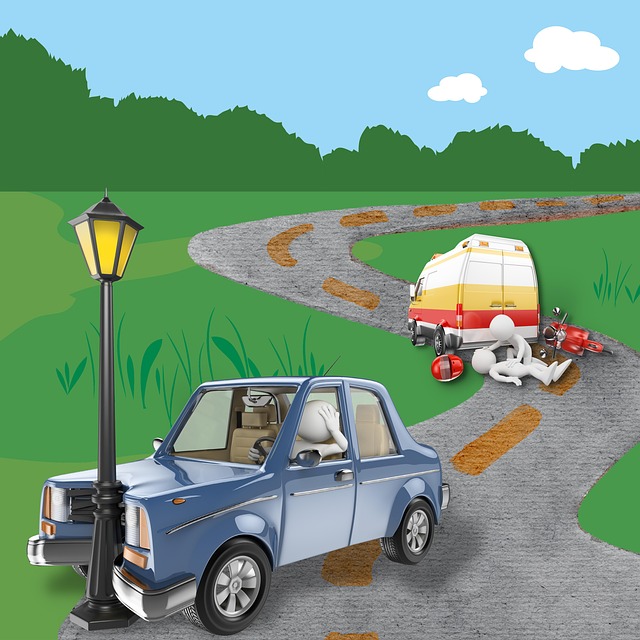
After a car accident in Albany, it’s crucial to document everything. Take photos of the damage to both vehicles, the accident scene, and any visible injuries immediately after the crash. These visual records can serve as compelling evidence in what to do after a car accident in Albany, especially when filing insurance claims or pursuing legal action.
Additionally, keep detailed records of all interactions related to the incident. This includes conversations with police officers who responded to the scene (be sure to request a copy of their report), exchanges with other drivers involved, and any communication with your insurance company. Remember, checking for hidden injuries after a crash is essential, so ensure you or anyone else involved seeks immediate medical attention if needed and reports the traffic accident to the authorities.
Contact Your Insurance Provider Promptly
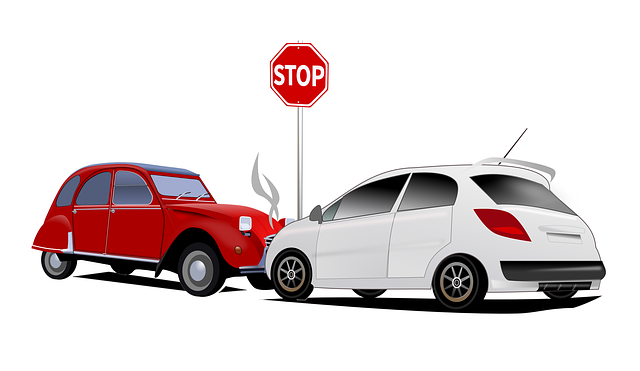
After a car accident in Albany, it’s crucial to act swiftly, especially when it comes to protecting your financial security. The first step is to ensure everyone’s safety and call the police if necessary. Once the immediate situation is under control, contact your insurance provider promptly. Prompt reporting allows for quicker processing of your claim, which can be a significant advantage in navigating the often complex aftermath of an accident.
Remember, documenting all details accurately is vital. When dealing with O’Connell and Aronowitz at 54 State St, Albany, NY 12207, or any legal professional, ensure you report the traffic accident thoroughly. This includes exchanging information with other parties involved, taking pictures of damage, and keeping records of all conversations and documentation related to the incident.
Exchange Information with Other Parties Involved

After a car accident in Albany, exchanging information with other parties involved is crucial for your protection and financial security. Make sure to gather contact details, including names, addresses, phone numbers, and insurance policy information from all drivers, witnesses, and passengers present at the scene. This initial step is essential in navigating the aftermath of the crash and ensuring you have accurate records for any potential claims or legal proceedings.
Additionally, it’s vital to understand the state’s no-fault insurance system and your rights within it. In New York, this system aims to streamline personal injury claims by allowing drivers to seek compensation from their own insurance providers first. If you’ve suffered injuries, even minor ones, consider scheduling a consultation with experienced legal counsel like O’Connell and Aronowitz by calling 518-462-5601. They can help you understand your options, check for hidden injuries after the crash, and guide you through the process to protect your financial security.
Understand Your Legal Rights & Obligations

After a car accident in Albany, it’s crucial to understand your legal rights and obligations. The first step is to document damages caused to both vehicles involved. Take clear photos of the scene, including any visible injuries or property damage. Then, contact O’Connell and Aronowitz at 518-462-5601 to discuss your options and connect with experienced legal counsel.
Gathering witness information is also essential. Find witnesses after the collision who can provide accounts of what happened. These testimonies can significantly strengthen your case when navigating insurance claims or potential lawsuits. Remember, acting swiftly and thoroughly in the aftermath of an accident can help protect your financial security and ensure you receive fair compensation for any losses incurred.
After a car accident in Albany, immediate action is crucial for protecting your financial security. Assess any injuries and seek prompt medical attention. Document the incident thoroughly by taking photos and keeping records of all expenses. Contact your insurance provider right away to initiate the claims process. Exchange information with other parties involved, ensuring everyone’s details are accurate. Understand your legal rights and obligations to navigate the aftermath effectively. Following these steps can help ensure a smoother recovery and protect your financial stability.



